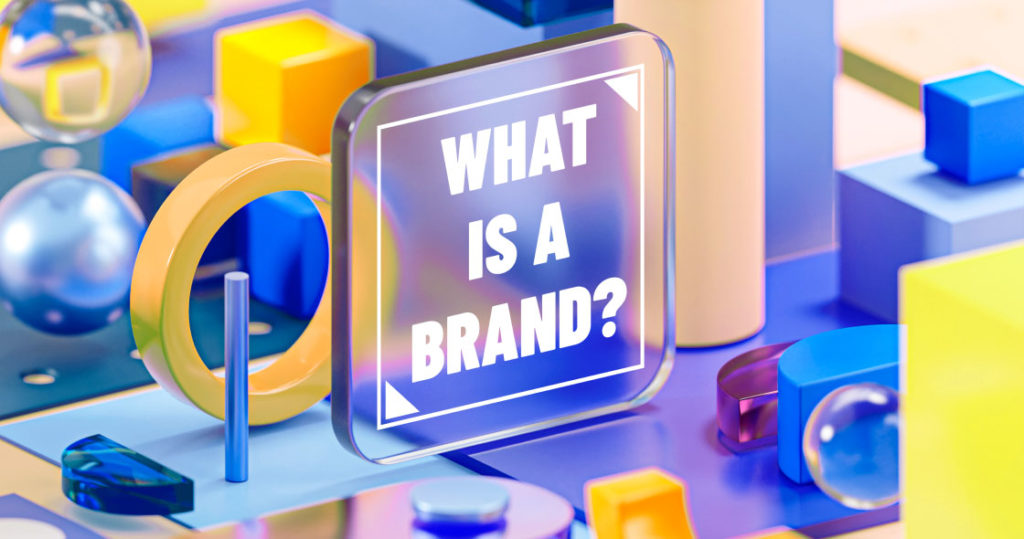Unfolding the Power of
Branding
Your Business's Greatest Asset
In today’s hyper-competitive marketplace, there’s one element that could be the defining line between businesses that thrive and those that merely survive – Branding. We’re going to explore the true essence of branding, why it matters to you as a business, and the critical aspects that bring it to life.























